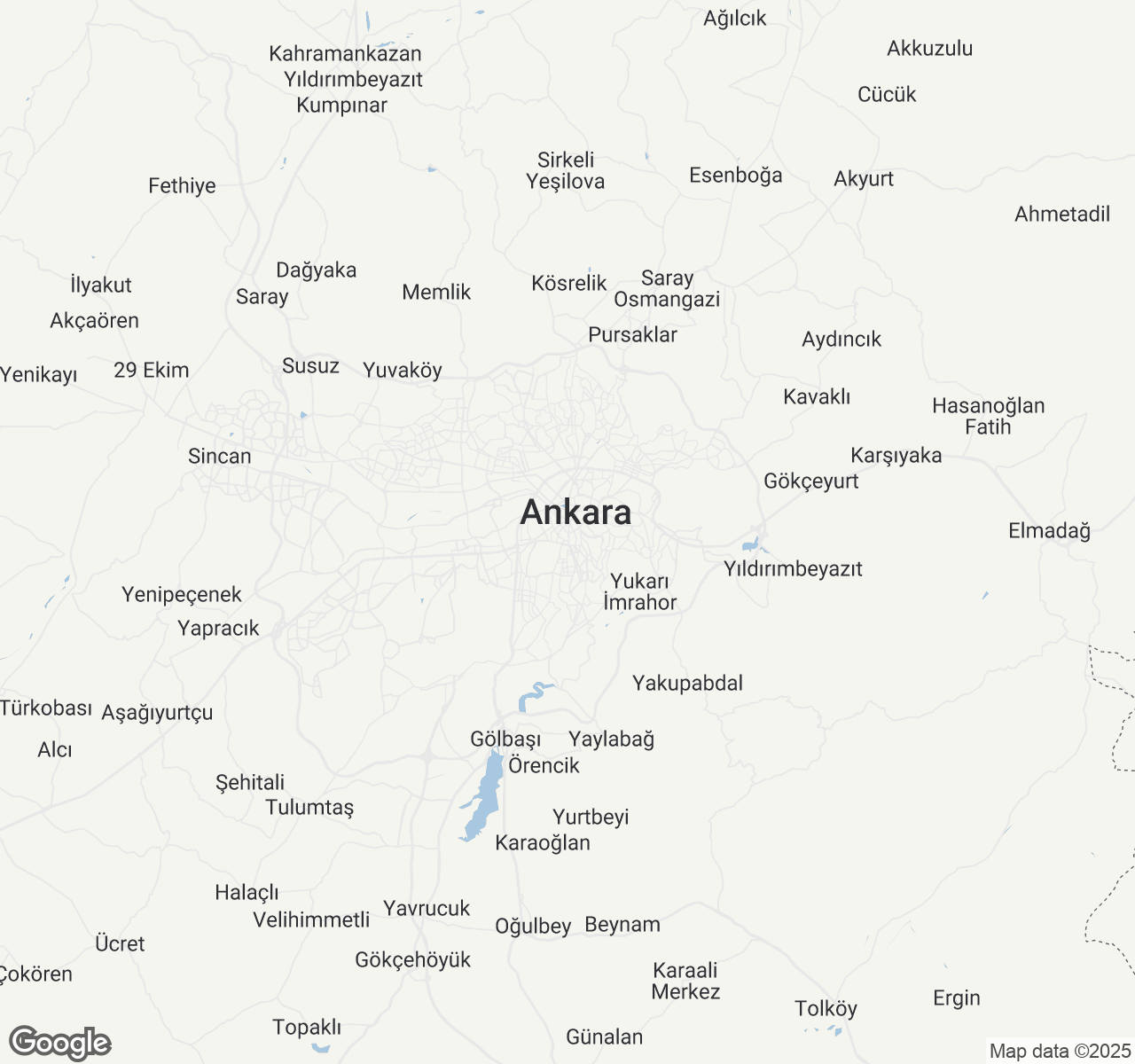
Things to Do in Ankara
Discover the best of Ankara
Plan Your Trip
Essential guides for timing and budgeting
Road Trips from Ankara
Explore scenic driving routes and epic journeys
Top Things to Do in Ankara
Discover the best activities and experiences. Book now with our trusted partners and enjoy hassle-free adventures.
Your Guide to Ankara
About Ankara
In Turkey's heartland, where Anatolian winds whisper stories of civilizations past, Ankara rises from rolling steppes as a testament to modern ambition rooted in ancient soil. This is a city that wears its dual identity with quiet confidence – Byzantine ruins stand sentinel beside sleek government buildings, while the call to prayer echoes over bustling boulevards lined with contemporary cafes. Here, in the capital that Atatürk chose to represent his vision of a new Turkey, you'll discover a rhythm distinctly different from Istanbul's frenetic energy. Ankara moves with the measured pace of political power and intellectual pursuit, its tree-lined streets filled with diplomats, students, and locals who understand that true Turkish culture isn't just found in tourist hotspots. The city's museums guard treasures that span millennia, its traditional districts pulse with authentic life, and its modern quarters buzz with the energy of a nation constantly reimagining itself. This is Turkey unfiltered – sophisticated, complex, and refreshingly real.
Travel Tips
Transportation: Use the efficient Ankara Metro system with rechargeable AnkaraKart (₺15 initial cost, ₺3.50 per ride). The M1-M4 lines connect major districts. Avoid rush hours (7:30-9:30 AM, 5:30-7:30 PM) when trains are packed with government workers and students.
Money: Turkish Lira (TRY) is essential as many local establishments don't accept cards. Withdraw from Garanti or İş Bankası ATMs for lower fees. Keep small bills (₺5-20) for dolmuş rides, street vendors, and tips at traditional restaurants.
Cultural Respect: Dress modestly when visiting Hacı Bayram Mosque and government districts. Remove shoes before entering homes. Wait for the eldest to start eating, and always accept offered tea – refusing is considered impolite in Ankara's relationship-focused culture.
Food Safety: Stick to busy lokanta (local restaurants) with high turnover for the freshest döner and kebabs. Avoid street food in summer heat. Try Ankara's signature dish, Ankara tava, at established spots in Samanpazarı. Bottled water is recommended.
When to Visit
Ankara's continental climate creates distinct seasons perfect for different travel styles. Spring (April-May) offers ideal conditions with temperatures ranging 15-25°C (59-77°F) and minimal rainfall (40mm monthly). Cherry blossoms bloom in Gençlik Park, making it perfect for outdoor exploration. Summer (June-August) brings hot, dry weather (25-35°C/77-95°F) with occasional thunderstorms. While museums and air-conditioned attractions provide relief, outdoor sightseeing can be challenging during midday heat. Fall (September-November) delivers crisp, comfortable temperatures (10-20°C/50-68°F) with impressive autumn colors in the city's many parks. This is arguably the best time for complete sightseeing. Winter (December-March) sees cold temperatures (-5 to 10°C/23-50°F) with occasional snow, perfect for museum hopping and experiencing authentic local life. Peak season pricing (April-May, September-October) increases accommodation costs by 30-40%, while winter offers savings up to 50%. Key events include Republic Day celebrations (October 29), International Ankara Music Festival (April), and the Ankara Film Festival (March). Budget travelers should target January-March, while culture enthusiasts will find spring and fall optimal for balancing weather, crowds, and authentic local experiences.

Ankara location map